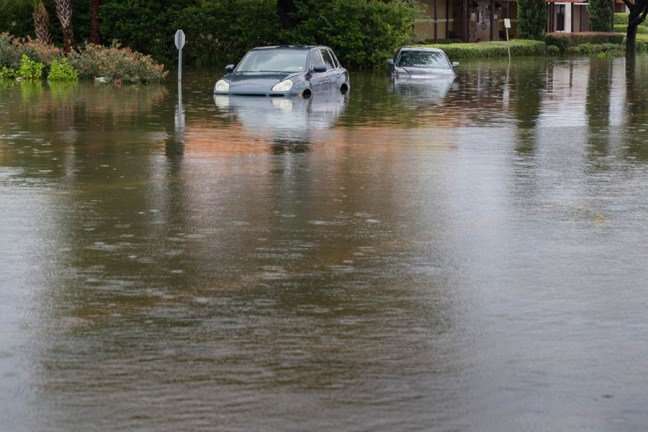The 2015 Paris climate agreement sought to stabilize global temperatures by limiting warming to “well below 2.0 degrees Celsius above pre-industrial levels,” but a recent literature review found the 2 degree limitation “inadequate” and concluded that limiting global warming to no more than 1.5 degrees would “come with several advantages.”
To quantify what that would mean for people living in coastal areas, a group of researchers employed a global network of tide gauges to create probabilistic, localized sea-level projections that assess differences in the frequency of storm surges and other extreme sea-level events across three scenarios: global temperature increases of 1.5, 2.0 and 2.5 degrees Celsius. They used long-term hourly tide gauge records and extreme value theory to estimate present and future return periods of extreme sea-level events through the 22nd century.
They concluded that by 2150, the seemingly small difference between an increase of 1.5 and 2.0 degrees C would mean the inundation of lands currently home to about 5 million people, including 60,000 who live on small island nations.
The study was published online in Environmental Research Letters on Feb. 2, 2018 by researchers at Princeton University working with colleagues at Rutgers and Tufts Universities.
In addition, they found that higher temperatures will make extreme events much more common. In New York City, for example, they estimate that “100-year floods” will become annual events under a 1.5 degree rise and twice-annual events with a 2.0 degree rise.
Find your dream job in the space industry. Check our Space Job Board »
Extreme sea levels are defined as the combined height of high tide plus storm surge (sometimes called the storm tide). When driven by hurricanes or other large storms, extreme sea levels flood coastal areas, threatening life and property. Rising mean sea levels are already magnifying the frequency and severity of extreme sea levels, and experts predict that by the end of the century, coastal flooding may be among the costliest impacts of climate change in some regions.
The risk from extreme events is exacerbated by the rising global sea level, which in turn depends on the trajectory of global mean surface temperature. Even if global temperatures are stabilized, sea levels are expected to continue to rise for centuries, due to the long residence time of anthropogenic carbon dioxide, the thermal inertia of the ocean, and the slow response of large ice sheets to forcing.
Overall, the researchers predicted that by 2100, a 1.5 degree temperature increase will drive the global mean sea level up by 19 inches (48 centimeters, 90 percent credible interval of 28–82 cm), while a 2.0 degree increase will raise oceans by 22 inches (56 cm, 90 percent credible interval of 28–96 cm), and a 2.5 degree increase will raise sea level by 23 inches (58 cm, 90 percent credible interval of 37–93 cm). As an independent comparison, a semi-empirical sea level model calibrated to temperature and global mean sea level over the past two millennia made similar predictions, within 7 to 8 centimeters of these projections.
Provided by:
Princeton University
More information:
D.J. Rasmussen et al. Extreme sea level implications of 1.5 °C, 2.0 °C, and 2.5 °C temperature stabilization targets in the 21st and 22nd century, Environmental Research Letters (2018). DOI: 10.1088/1748-9326/aaac87
Image:
Credit: Princeton University











